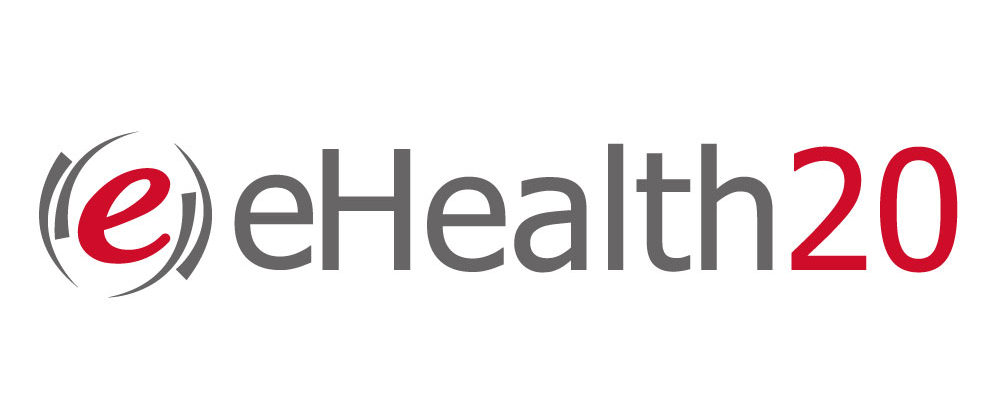






Types of Dental Plans

With so many dental benefit plans available to patients today, it’s important to learn the differences between them. Some plans require your dental practice to be part of a network, others limit maximum charges and many have set fees for specific services.
Discount or referral plans are technically not insurance plans. The company selling the plan contracts with a network of dentists. Contracted dentists agree to discount their dental fees. Patients pay all the costs of treatment at the contracted rate determined by the plan and there are no dental claim forms to file. Originally these plans were sold to individuals; however, more and more employers are purchasing these types of plans as the dental plan for the company’s employees
General Questions
An indemnity dental plan is sometimes called “traditional” insurance. In this type of plan, an insurance company pays claims based on the procedures performed, usually as a percentage of the charges. Generally an indemnity plan allows patients to choose their own dentists, but it may also be paired with a PPO.
- Consider the needs of each family member. …
- Find out what plans are available in your area. …
- Look for a plan that has several dentists and dental practices. …
- Consider all of the costs. …
- Learn which treatments are covered in each plan.
Typically, PPO dental insurance plans are said to offer better service and have less limitations than HMO dental insurance plans, but the premiums are usually more costly. … Participants insured with a dental PPO insurance plan are responsible for paying their deductible before receiving any reimbursement.
- Enroll in a dental plan offered through your employer. …
- If you don’t have coverage through an employer, you can buy a full coverage dental plan on your own either through a private insurance carrier or the Health Insurance Marketplace.
You can either keep both plans and combine benefits to retain dual dental insurance, or choose one of your employer’s plans to cover both of you (if you‘re both eligible). … If you choose to keep both plans, you‘ll have to see if each of your employers’ plans allow for duplicate benefits and dual dental coverage.
A PPO plan is regular indemnity insurance combined with a network of dentists under contract to the insurance company to deliver specified services for set fees and according to the provisions of the contract.
Contracted dentists must usually accept the maximum allowable fee as dictated by the plan, but non-contracted dentists may have fees either higher or lower than the plan allowance.
Under a DHMO or capitation plan, contracted dentists are “pre-paid” a certain amount each month for each patient that has been designated or assigned to that dentist. Dentists must then provide certain contracted services at no-cost or reduced cost to those patients. The plan usually does not reimburse the dentist or patient for individual services and therefore patients must generally receive treatment at a contracted office in order to receive a benefit.
An indemnity dental plan is sometimes called “traditional” insurance. In this type of plan, an insurance company pays claims based on the procedures performed, usually as a percentage of the charges. Generally an indemnity plan allows patients to choose their own dentists, but it may also be paired with a PPO. Most plans have a maximum allowance for each procedure referred to as “UCR” or “usual, customary and reasonable” fees.
Point of service options are arrangements in which patients with a managed care dental plan have the option of seeking treatment from an “out-of-network” provider. The reimbursement to the patient is usually based on a low table of allowances; with significantly reduced benefits than if the patient had selected an “in network” provider.
Exclusive provider organization plans require that subscribers use only participating dentists if they want to be reimbursed by the plan. These closed panel groups limit the subscriber’s choice of dentists and also can severely limit access to care.
What is dental insurance?
Dental work is usually not covered by standard medical insurance, so voluntary dental insurance can fill this gap in coverage and keep you smiling.

How does Dental Insurance Work?
This video describes how Dental Insurance works, why you need it, and how you can best access your benefits.
- If a dental insurance policy covers implants, be sure to review the plan’s annual limit as there may be some additional out-of-pocket payment.
- The crown attached to the abutment of a dental implant can be covered under some dental plans.
State and Local Resources. Your state or local health department may know of programs in your area that offer free or reduced-cost dental care. Call your local or state health department to learn more about their financial assistance programs. Check your local telephone book for the number to call.
Unlike an HMO, PPO plans give participants the freedom to seek care from any in- or out-of-network provider. … PPO plans generally come with a higher monthly premium than HMOs. So, unless you’re a person who sees a lot of specialists, a PPO plan could cost you more money over the course of a year.
If you buy dental insurance in the private market, away from the state and federal ACA exchanges, you can get it anytime of year—no need to wait for open enrollment or to qualify for a special enrollment period
A dental insurance waiting period is the length of time after purchasing your dental benefits plan that you must wait before you can use your full coverage. During the dental plan waiting period, the dental insurance company will not pay for certain procedures.






we will assist you 24/7
Quick Contact
Head Office
- 646-434-7000
- 646-331-4213
- ask@ehealth20.com
